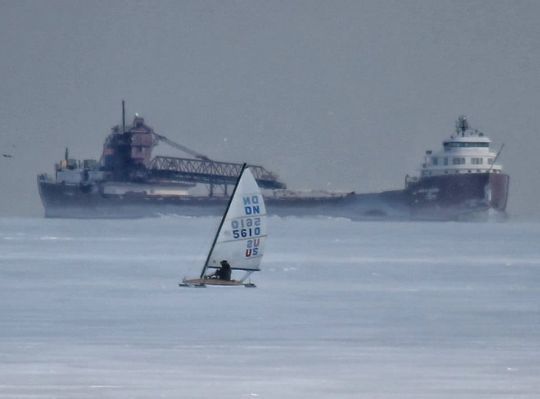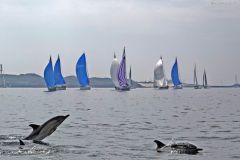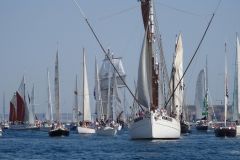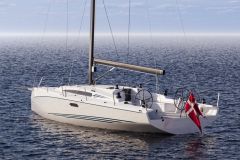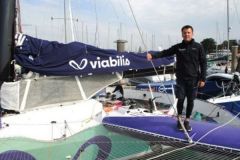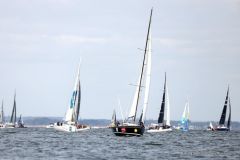Originally dedicated to the transport of goods
Historically, iceboats were used to transport goods when the lakes were frozen. Faced with the impossibility of using their sailing barges, American carriers developed barges on skids in order to continue their rotations during the winter. The first ice-boat was developed on the Hudson River in New York at the end of the 18th century e century. Identical models were built in the Netherlands and on Lake Riga in Estonia.
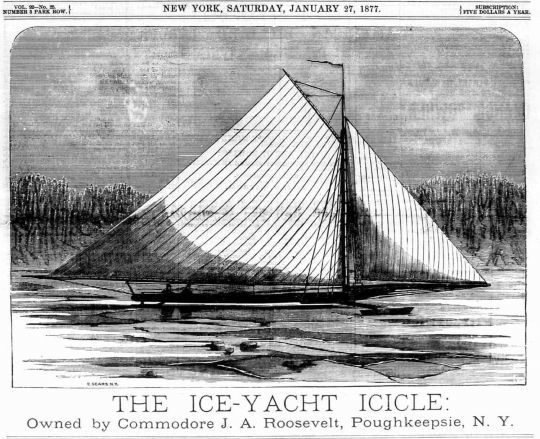
It is towards the end of the 19th e the first pleasure ice-boats were built in the 19th century. Excessiveness being the norm at that time, regattas were held on monsters such as the Icicle, which was 21 m long, and required a crew of 6 people.
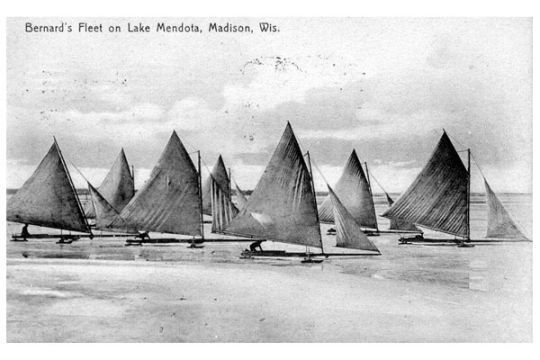
Reserved for the New York upper class, these duels on ice were the antechamber of maritime regattas opposing different metric gauges. Understanding that speed was not proportional to length, the size of the ice-boats was subsequently reduced. They only embarked between 1 and 3 crew members.
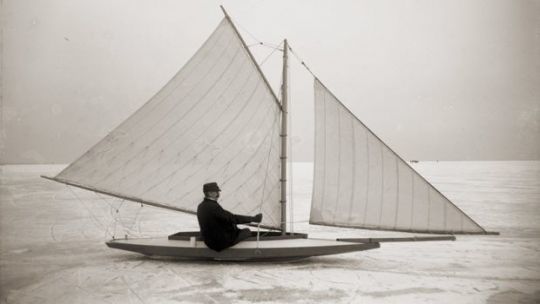
Some of the vintage models are still running thanks to passionate owners, who play the balancing act on these machines that look more like a Stradivarius than an ice cream wagon.
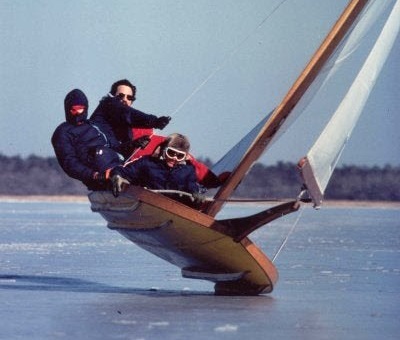
At 60 knots on the ice
Nowadays, the ice-boat is a very popular regatta medium in winter on the large American lakes and in Northern Europe. There are about six classes of ice-boats in the world, defined by their sail area.
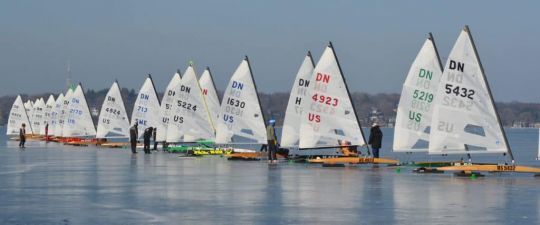
The "DN" (for Detroit News, named after the newspaper that created this gauge) is the most common class on frozen waters. With a displacement of about 20 kg and a length of 3.7 m, they are built in wood and composite. The construction is quite basic, but the class strongly controls the design and manufacture of the DN in order to limit cost inflation.

The 4.9m mast is very flexible and twists to fit the shape of the mainsail to adapt to large variations in apparent wind.
These machines are able to run at 4 times the wind speed, due to the very low resistance offered by the ice on the skates
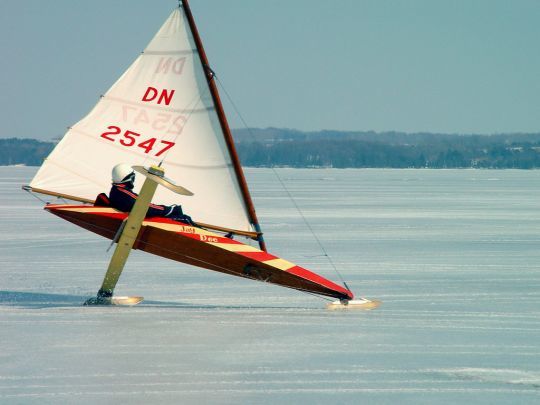
These are the object of all the attention, because they are a determining factor in the speed of the iceboat. The best racers have about thirty different skates to choose from, depending on the ice conditions encountered
A very high level
The starting line of a DN regatta can disconcert even the most experienced sportsman. A DN start is made on a line where the machines are at a standstill, like a 24 hours of Le Mans start in the 70s

You have to imagine running on ice to launch your boat in polar temperatures, jumping into the cockpit to find yourself launched at 35 knots at 20 cm from a surface as hard as concrete. The course is marked by buoys and the race rules are more or less the same as for "traditional" sailing regattas.

The difficulty lies in the fact that ice transmits much less information than water. No waves to define a course or an axis, nor perceptible reefs. With an average speed in regattas of more than 40 knots, piloting a DN is an art where experience is the key. The pilot, wearing a helmet and studded shoes, looks more like a skier than a racer. The competitors share the same values as the men of the sea or the mountains, and frequently meet in the sauna to rematch.
